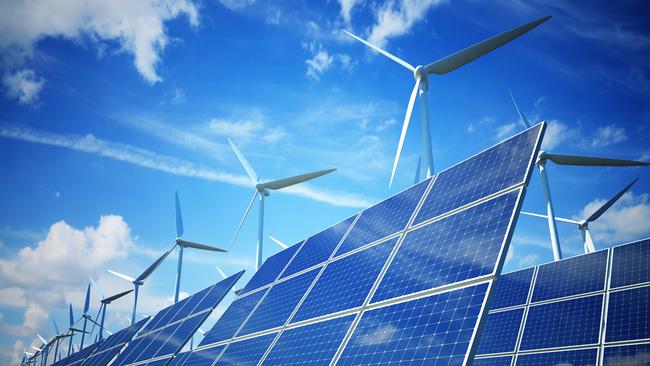
Osinbajo is right with regard to the African continent, but rich Westerners are hypocritical at home as well. Advocates of new-generation renewables will often argue that we must choose wind or solar – or submit to the ravages of a changing climate. But this is a false choice. Some European countries get more than 90 per cent of their electricity from low carbon dioxide sources, such as France (nuclear energy) and Norway (hydropower). Yet no country gets most of their electricity from wind or solar.
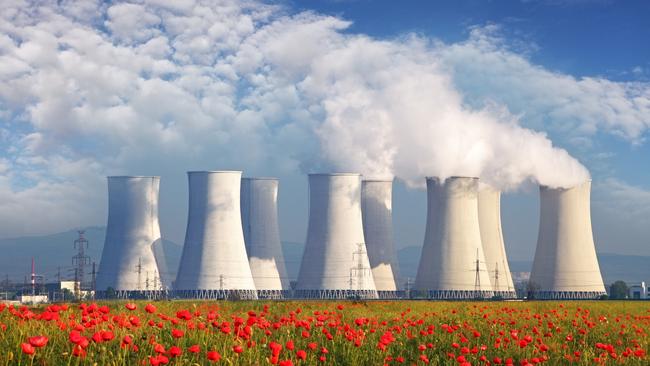
In fact, the percentage of the world’s electricity that comes from clean sources has remained stagnant since the 1980s. Although there has been a boom in investment in wind and solar, there has been a lack of investment in nuclear. When nuclear plants shut down, coal-powered plants tend to replace them. Unfortunately, this lack of investment in nuclear has cancelled out the reductions in CO2 emissions made by new-generation renewables. In 1985, 35 per cent of the world’s electricity came from low-CO2 sources; by last year it was just 38.26 per cent.
One of the greatest lies told about climate change is that solving the problem is simply a matter of willpower. If only governments around the world would listen to Greta Thunberg and Simon Holmes a Court, and install solar panels and wind turbines at a faster rate, then temperatures would stabilise. Unfortunately, the problem of climate change is not simply a matter of goodwill. If it were, the Germans would not be reopening their mothballed coal-fired power plants after pledging to be coal-free by 2030.
The Dutch and the Austrians, similarly, would not be following the Germans in reopening their coal-fired plants as well, a week after Russia halted gas deliveries via the Nord Stream 2 pipeline.
“The cabinet has decided to immediately withdraw the restriction on production for coal-fired power stations from 2002 to 2024,” Dutch Climate and Energy Minister Rob Jetten told media.
“The situation is serious,” said German Economic Affairs and Climate Action Minister Robert Habeck. “It is obviously Putin’s strategy to upset us, to drive prices upwards and to divide us … We won’t allow this to happen.”
It is becoming increasingly clear that one of the biggest catastrophes of modern geopolitics has been Europe’s entanglement with Russia over energy. During the past five years, while the West was busy taking policy advice from a teenager, Russia was at work fracking and drilling for oil.
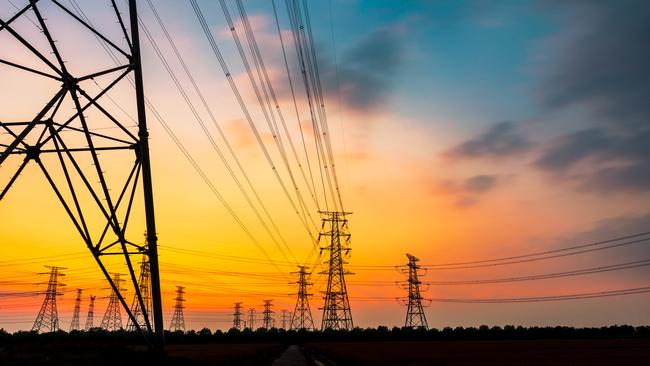
Back home, our politicians persist with the fanciful notion that an entire country’s electricity grid can be powered by wind turbines and solar panels.
On June 16, Andrew Wilkie tweeted: “While the Aus Govt’s target to cut emissions by 43% by 2030 is a step forward, it’s still not good enough. We need a 75% reduction by 2030 & net-zero by 2035. The only way to do this is to quickly phase out coal, gas & oil & fast-track to 100% renewables.”
When Climate Change and Energy Minister Chris Bowen was asked by Nine journalist Chris Uhlmann about whether the solution to Australia’s recent energy crisis (during which the Australian Energy Market Operator suspended the electricity market to ensure supply) was to invest in the continued maintenance of our coal-fired plants, Bowen fired off an angrily defensive reply. Yet just a week later, emergency powers were invoked to block the export of coal in the event of such a crisis happening again.
In response to our recent power crisis, environmentalists at home have called for a blockage on gas exports, a gas export tax and increased government subsidies for battery storage technologies. Yet these are simply Band-Aid solutions. To ensure energy security, Australia needs to extract more gas, invest in and maintain our existing coal-fired power plants, and think seriously about a long-term transition to nuclear energy. While nuclear energy is often dismissed as being too costly, the question is: compared with what? The battery storage required to power the whole of Australia has been estimated to cost $6.5 trillion. If this is a cost-effective solution, then God help us all.
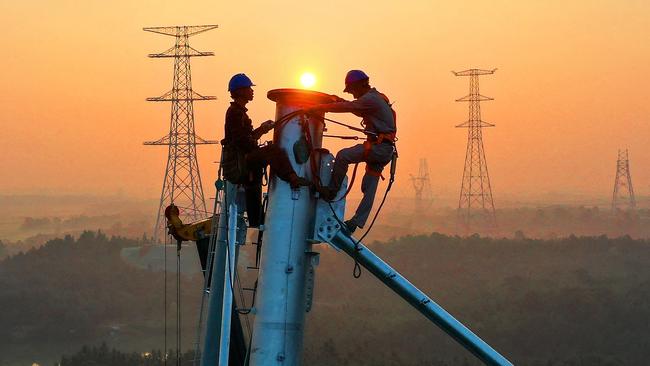
An inconvenient truth is that the push for wind and solar may have other motivations than simply concern about climate change.
Last year, The Economist constructed a portfolio of companies that would benefit from the world’s energy transition and estimated that these companies had a total market value of $US3.7 trillion. Tracking these companies’ economic performance, it found that since the start of 2020, they had performed twice as well as the S&P 500, with the “greenest 25% of firms (seeing) their share prices rise by 110%”. But the problem is, according to The Economist, that 30 per cent of these companies do not yet turn a profit.
Just as the cryptocurrency bubble has burst this year, the new-generation renewable energy bubble is likely to burst in the foreseeable future. While big money has piled into the push to transition energy – and this investor exuberance has led to increased pressure on politicians to “transition faster” – the real world presents obstacles in the form of physics and thugs such as Vladimir Putin.
When Putin continues to use energy as a weapon against Europeans, a Nigerian vice-president calls out the hypocrisy of Western leaders, and when countries such as Australia are threatened by blackouts, more people will start to see through the wind and solar hype. The question is, will Australian politicians continue living in a fantasy or will they have the courage to face up to reality?
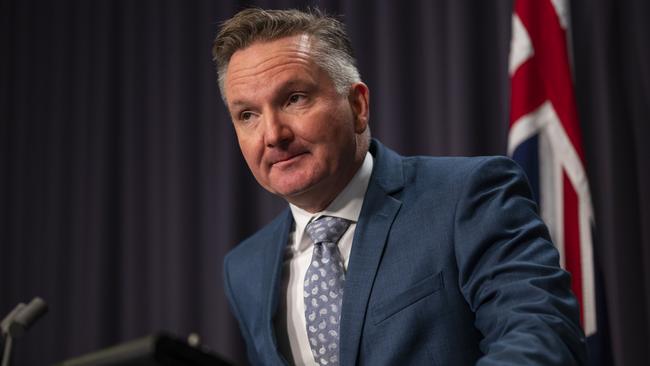
Claire Lehmann is founding editor of Quillette.





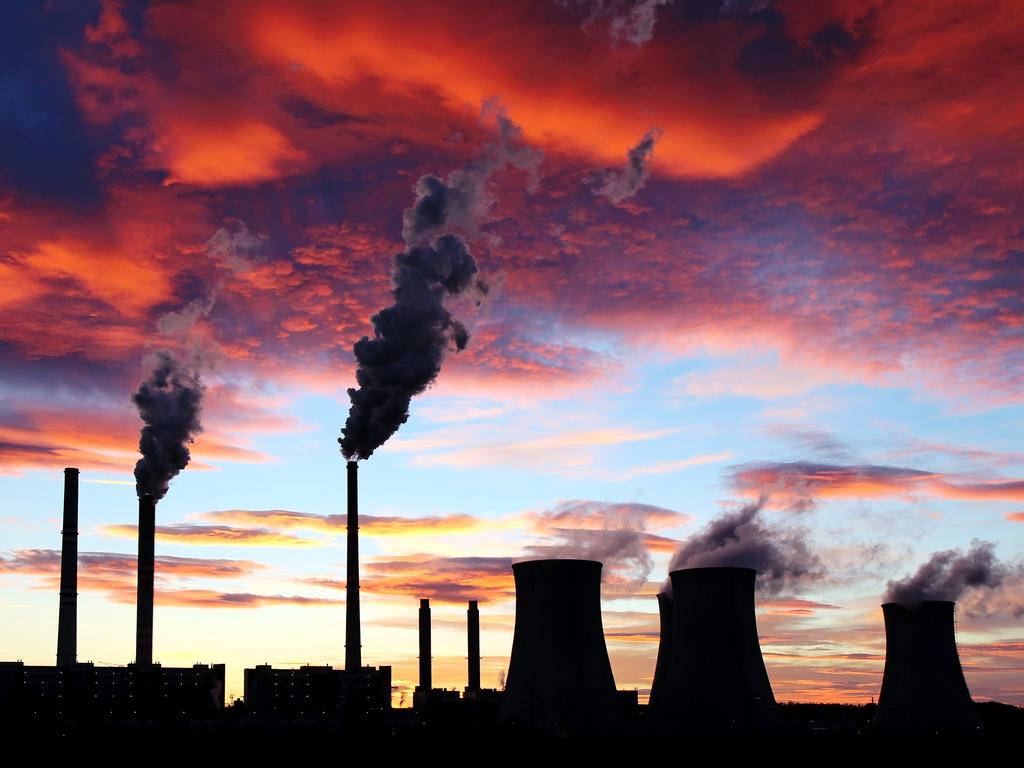


Nigerian Vice-President Yemi Osinbajo recently lambasted the rich West for its hypocrisy on energy policy. Writing in The Economist, he declared “rich countries, especially in Europe, have repeatedly called for African states to use only renewable power sources”. Objecting to the patronising efforts of Westerners to prod Nigerians into “leapfrogging” over fossil fuels into wind and solar, Osinbajo points out that a moratorium on fossil fuel sentences Nigeria to poverty. “Though solar will provide most of our power in the future, we still need natural gas for baseload power.”